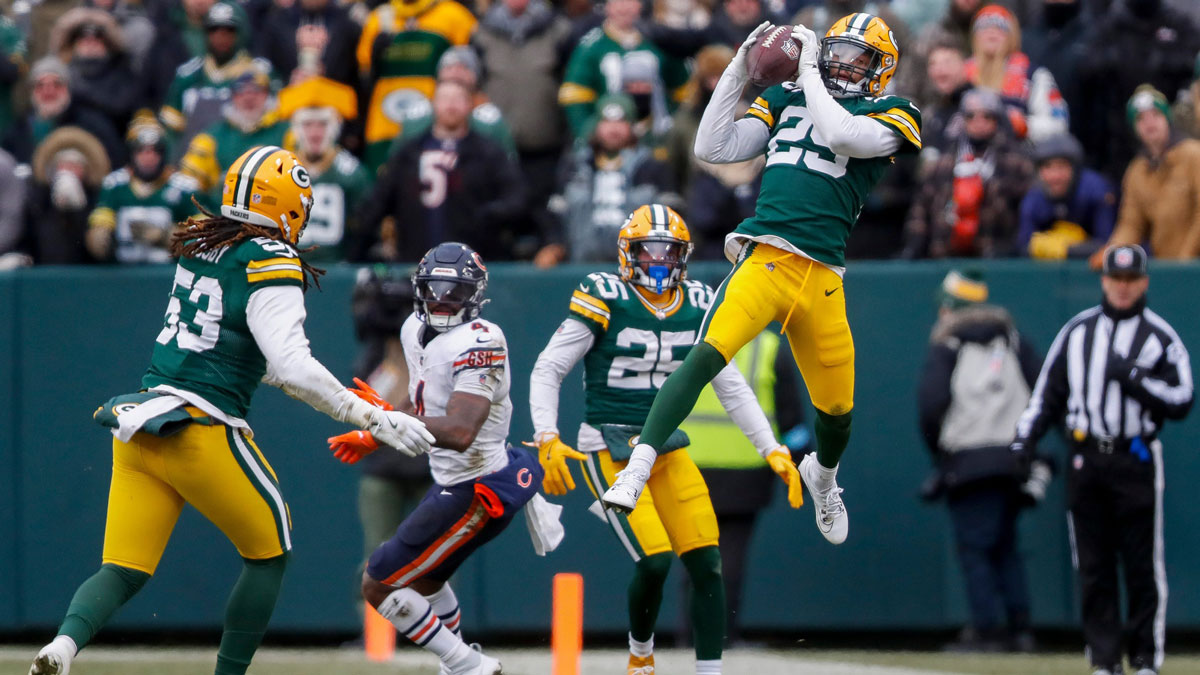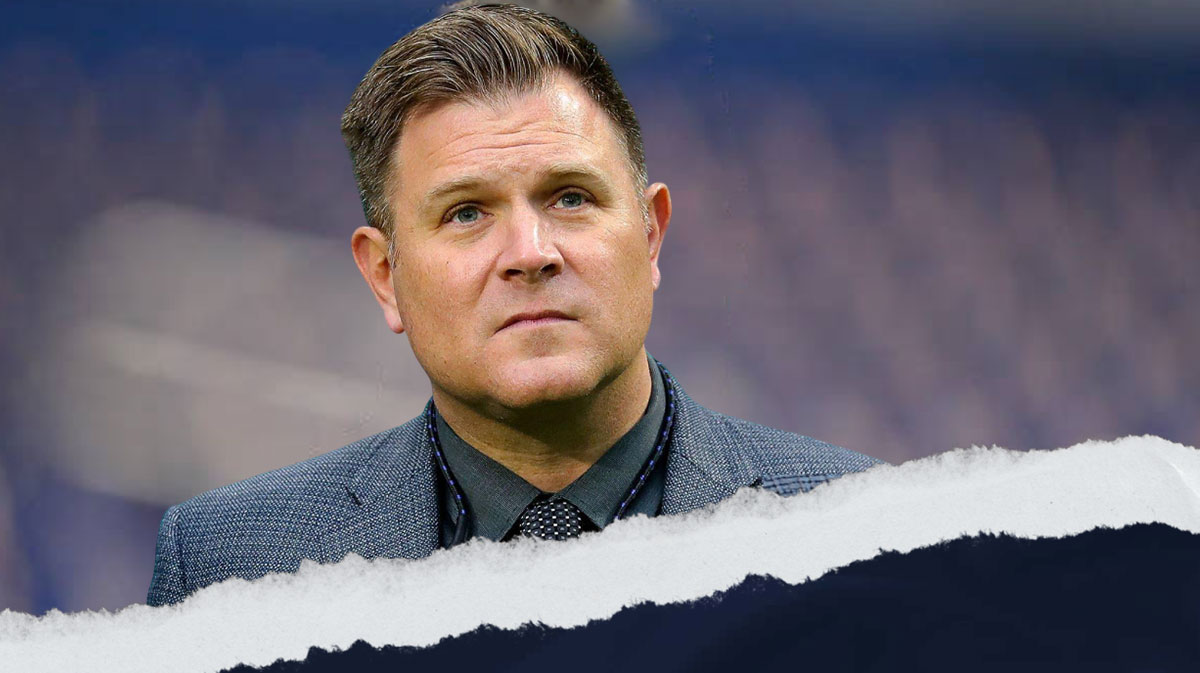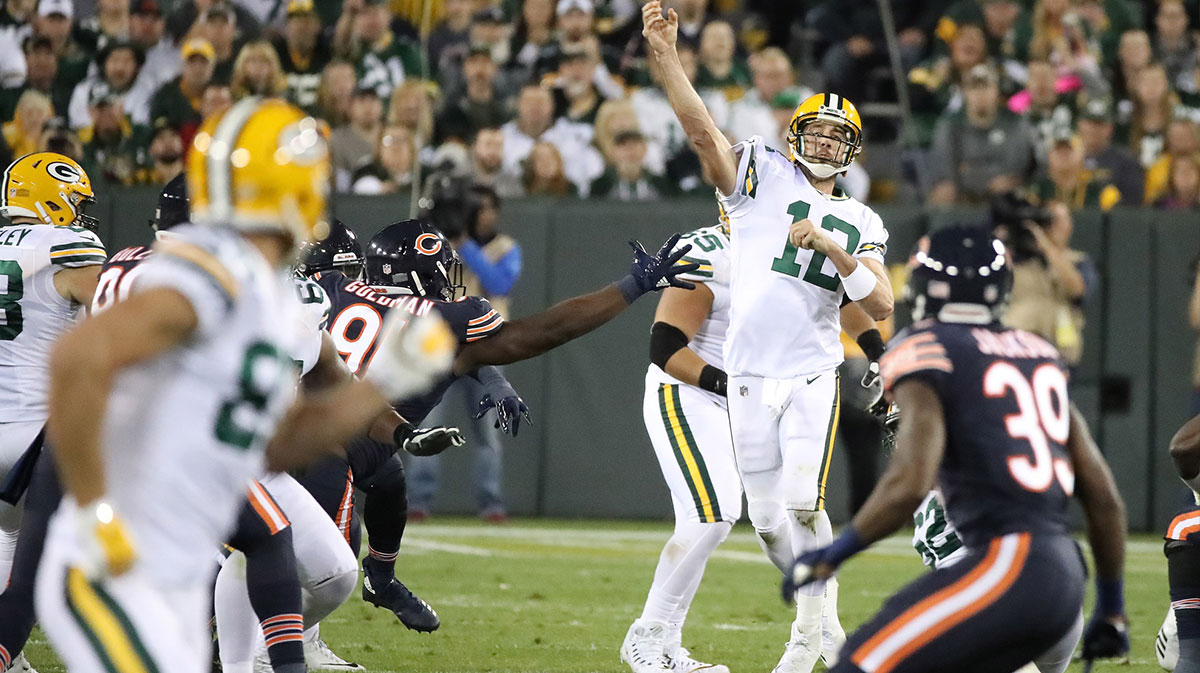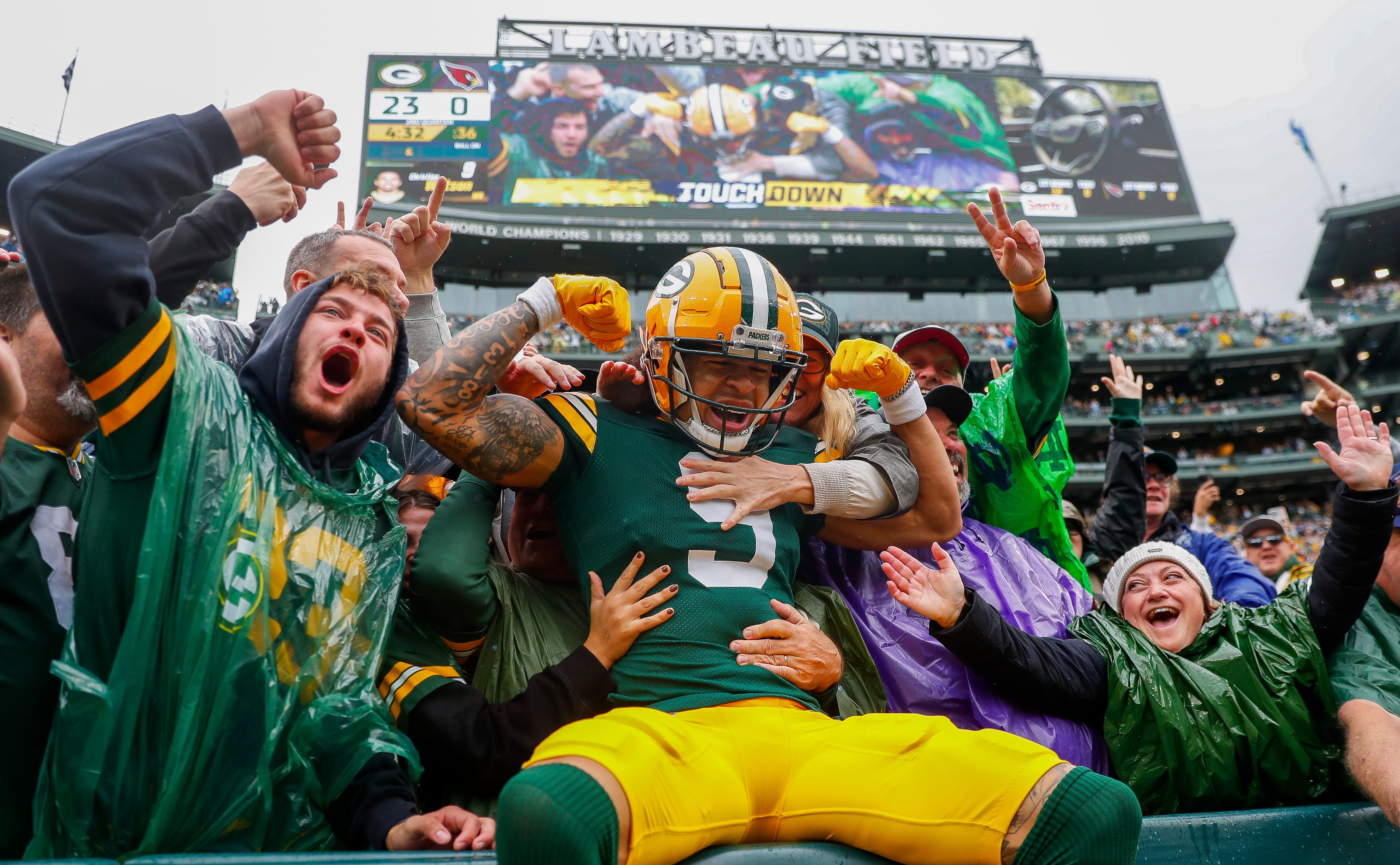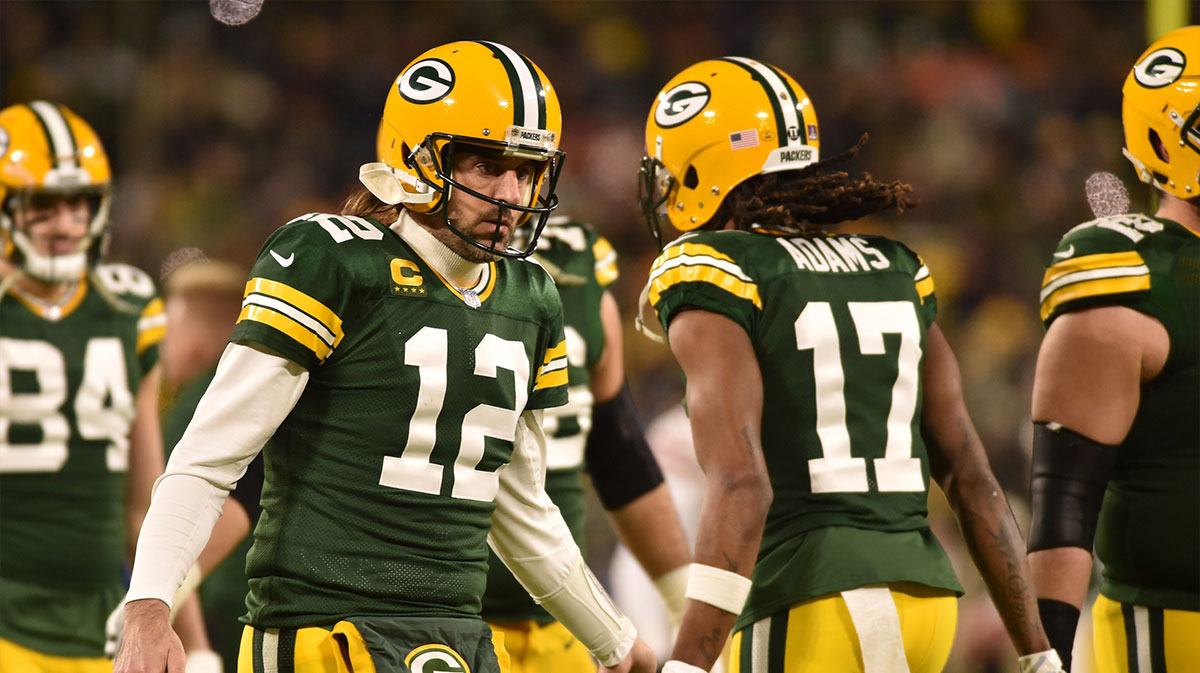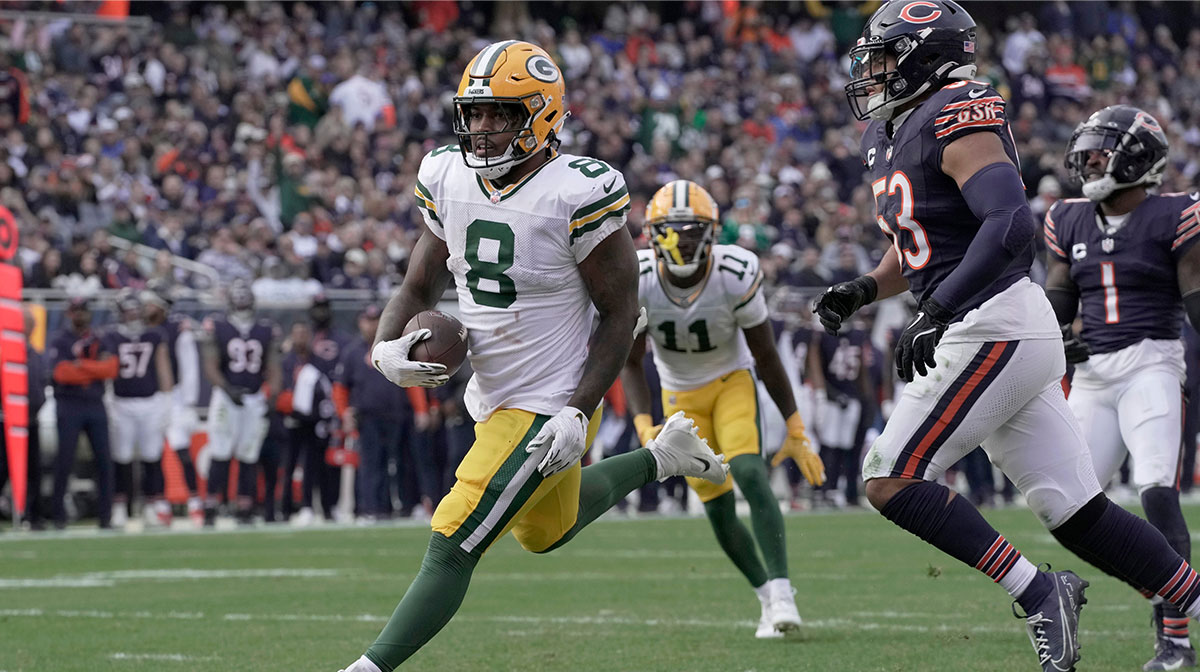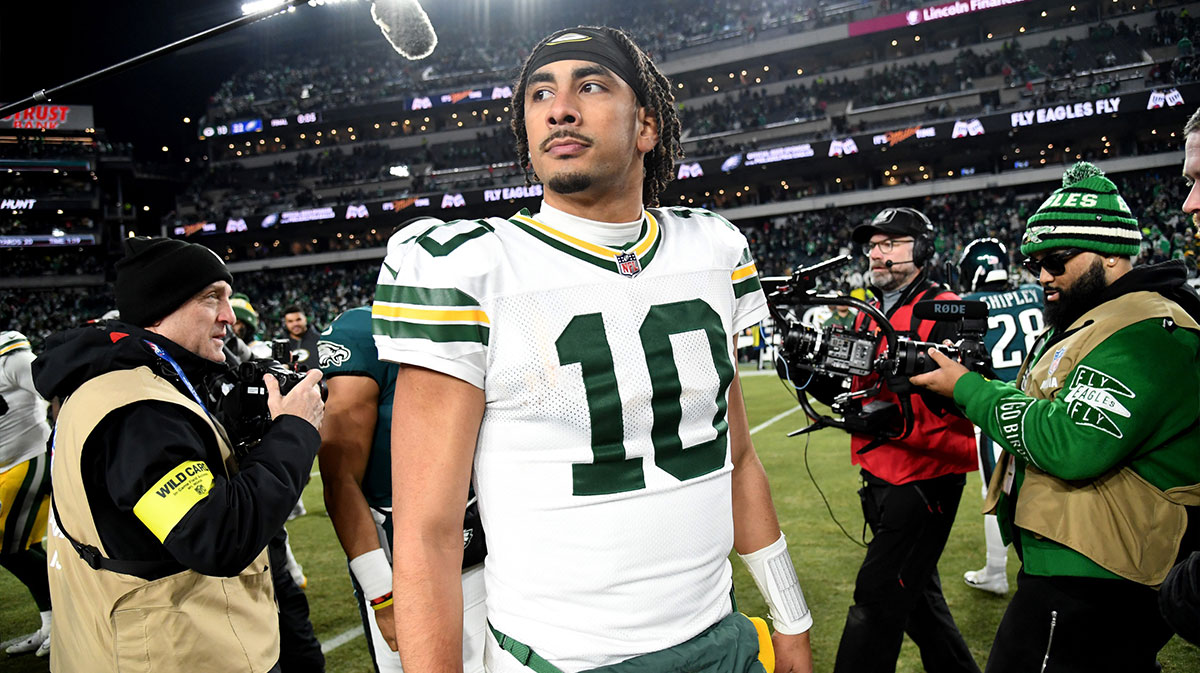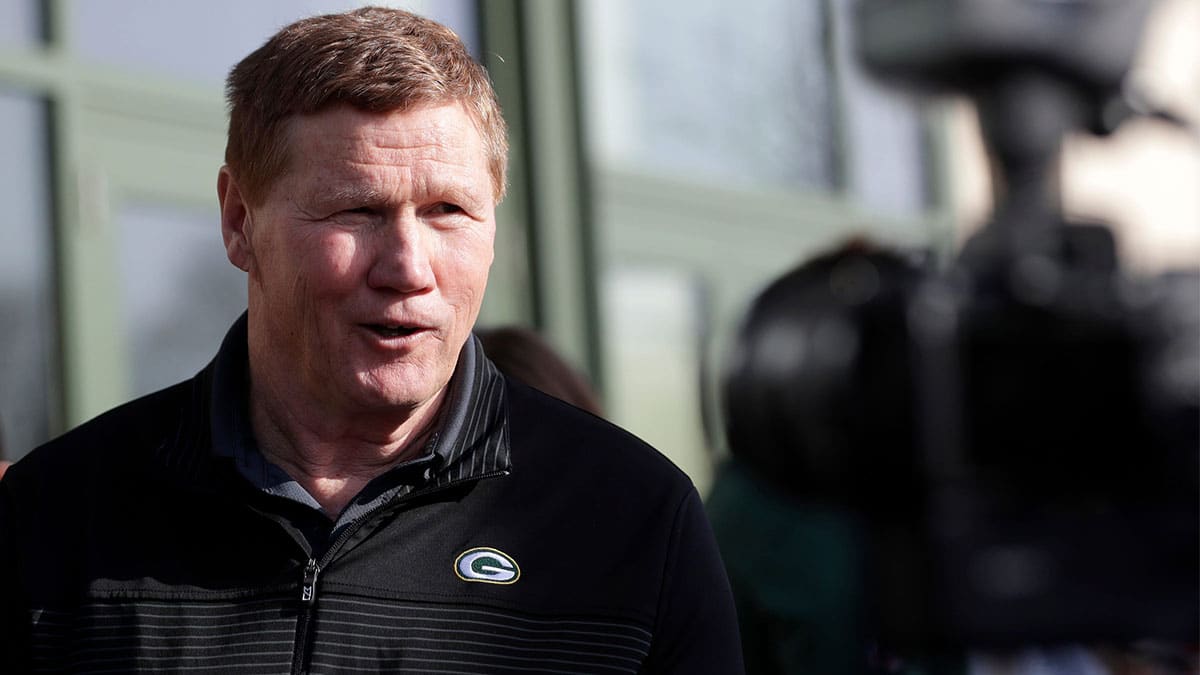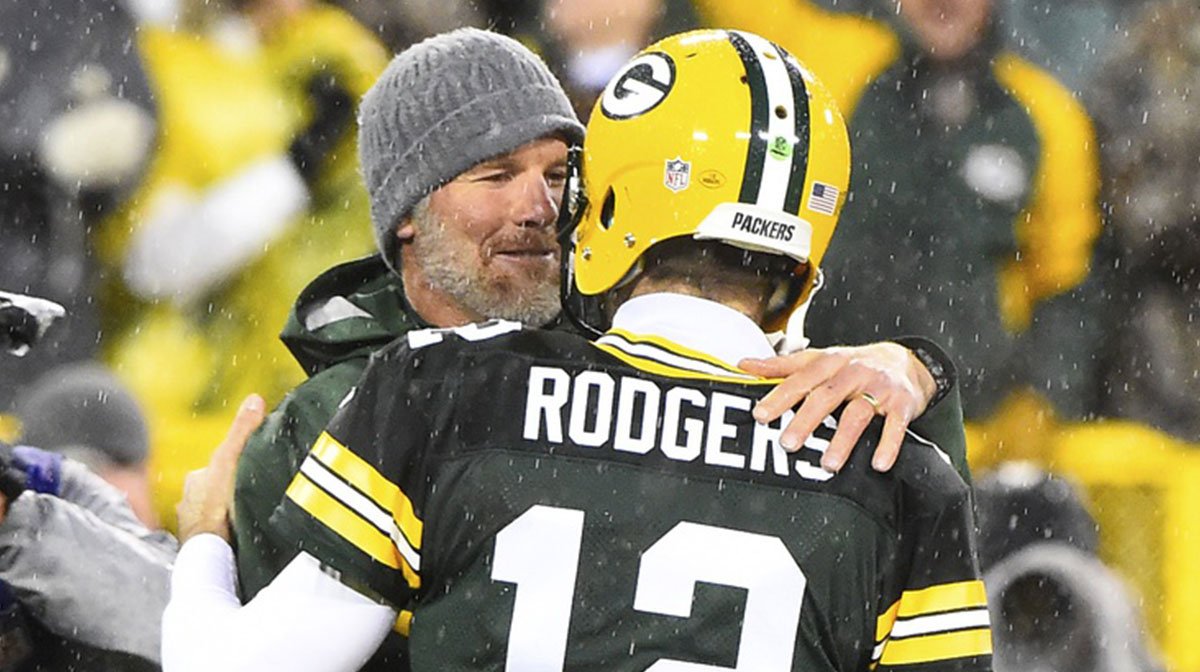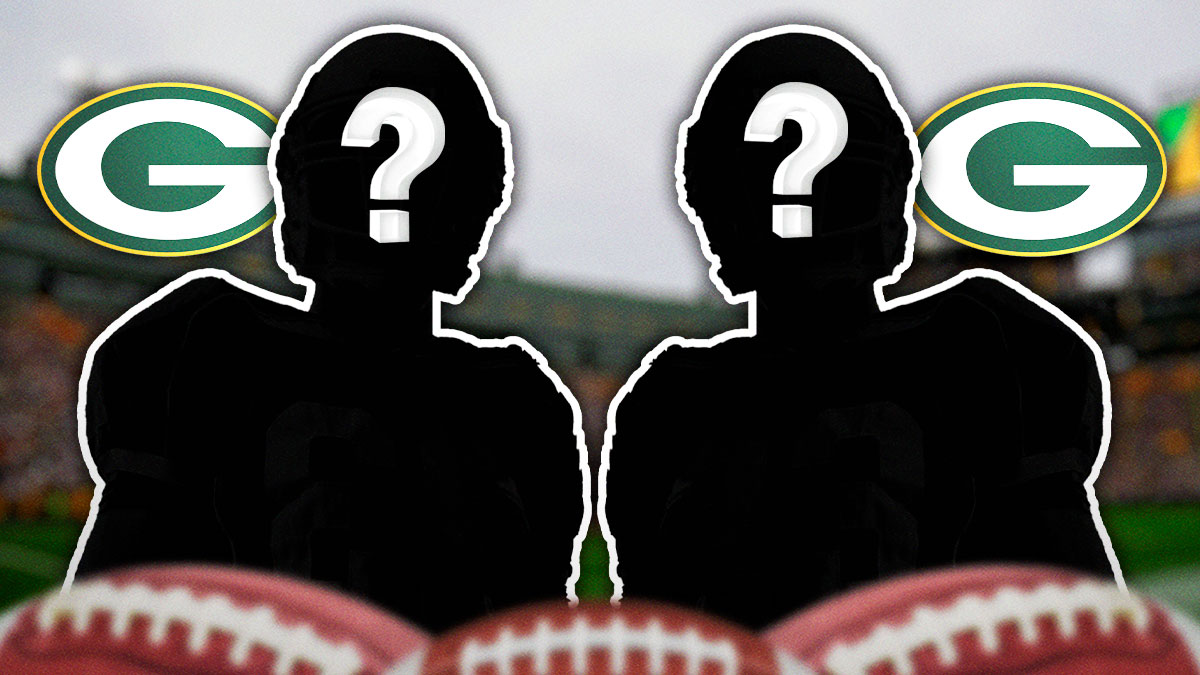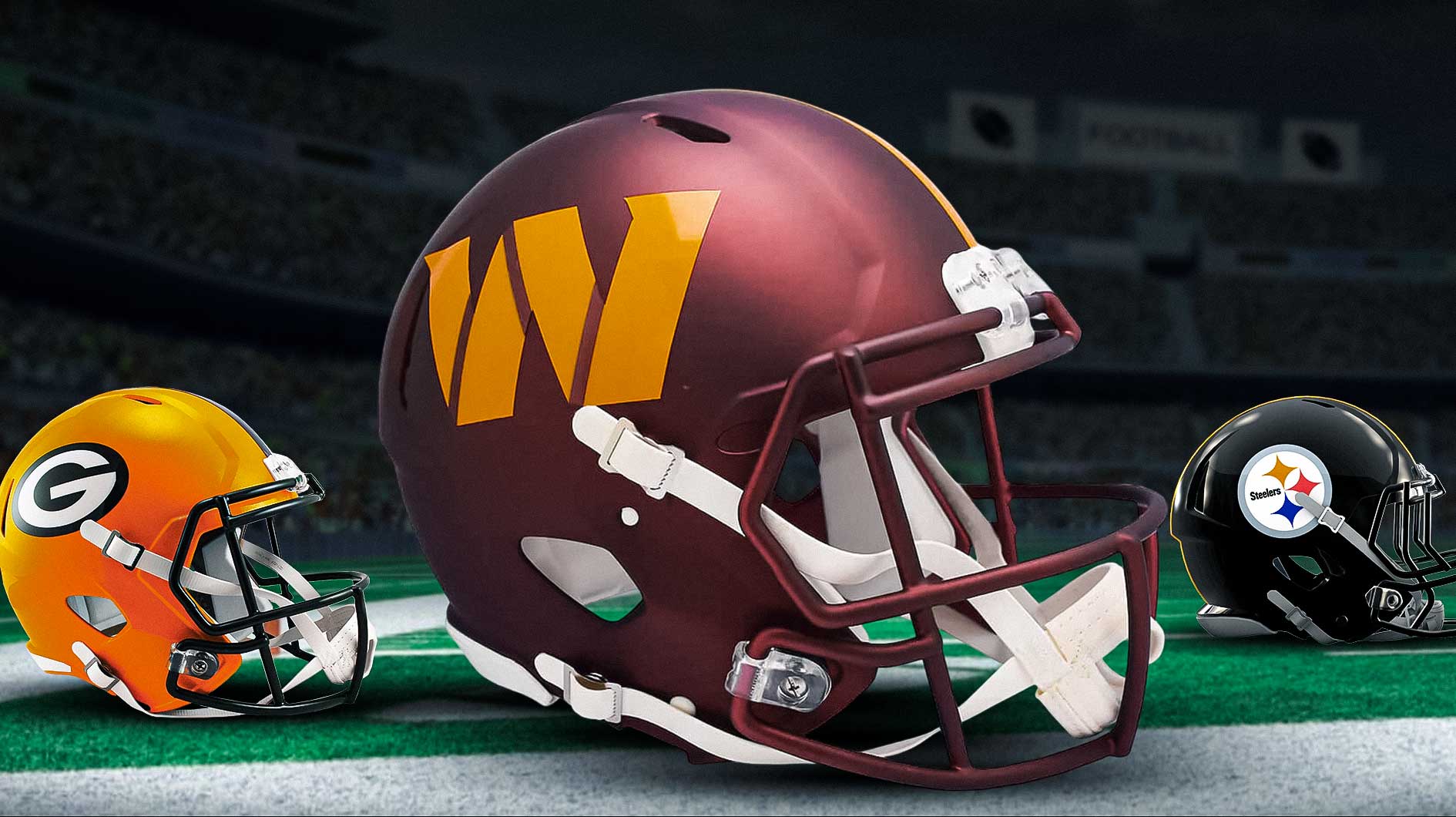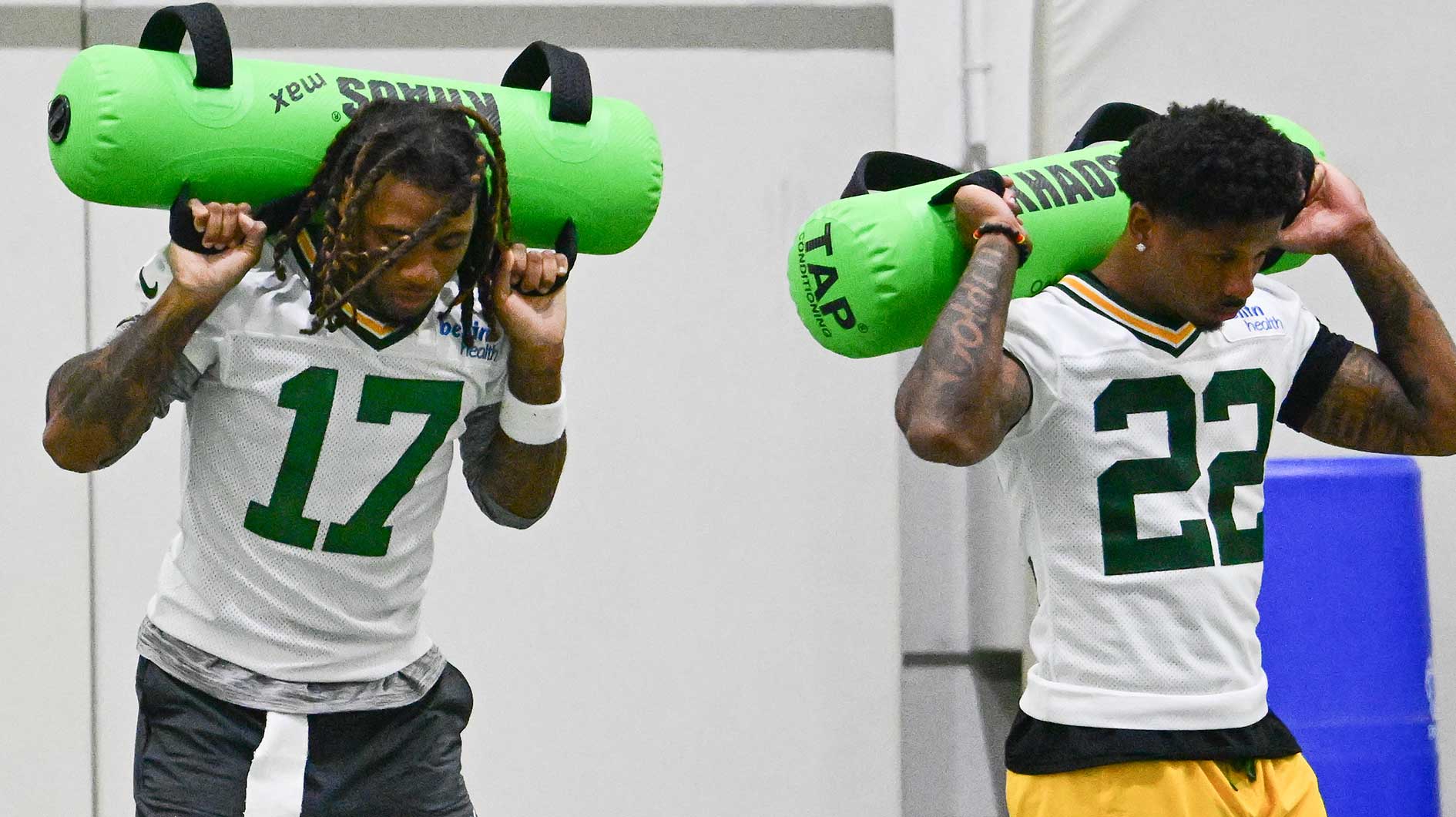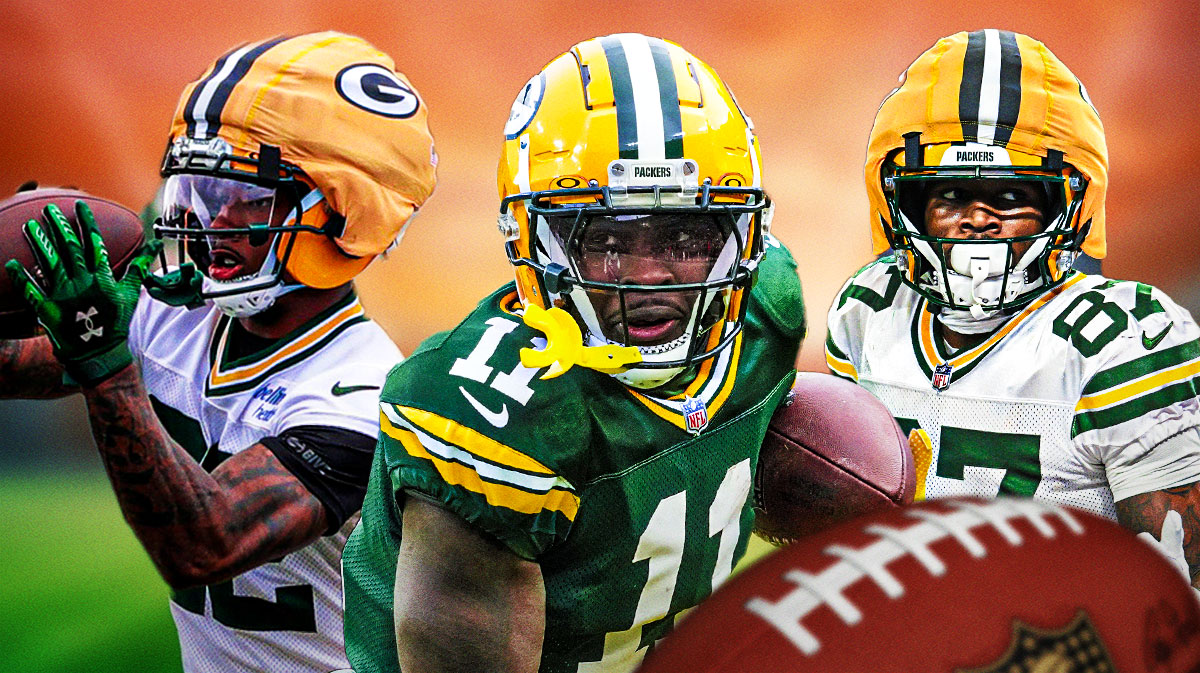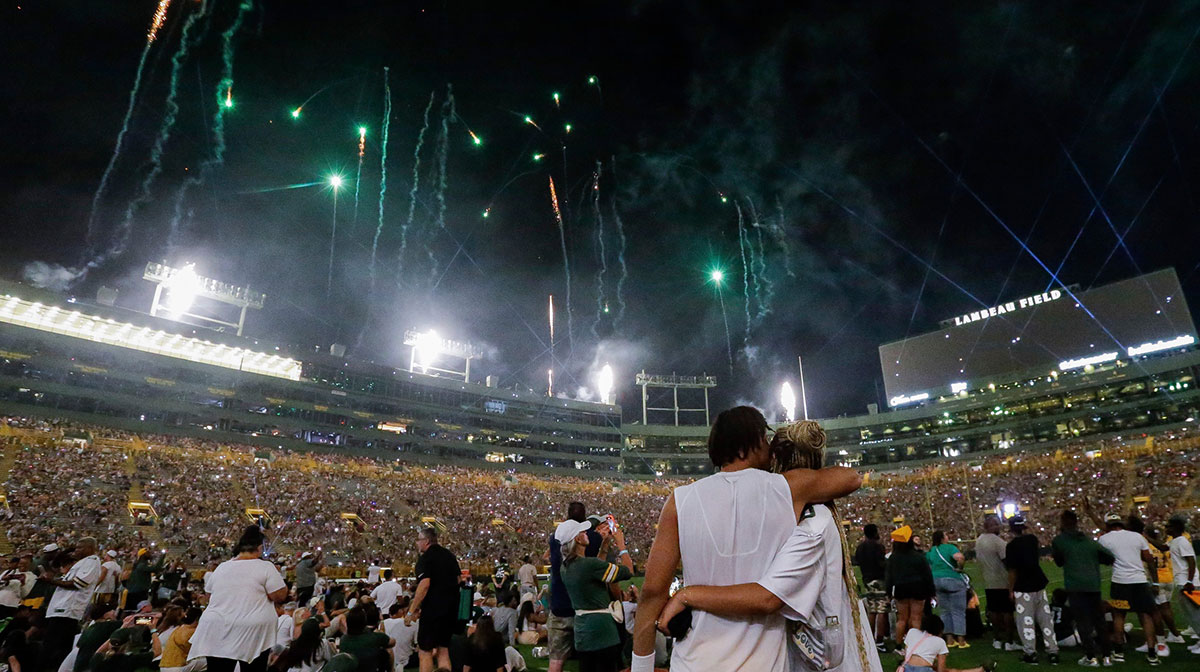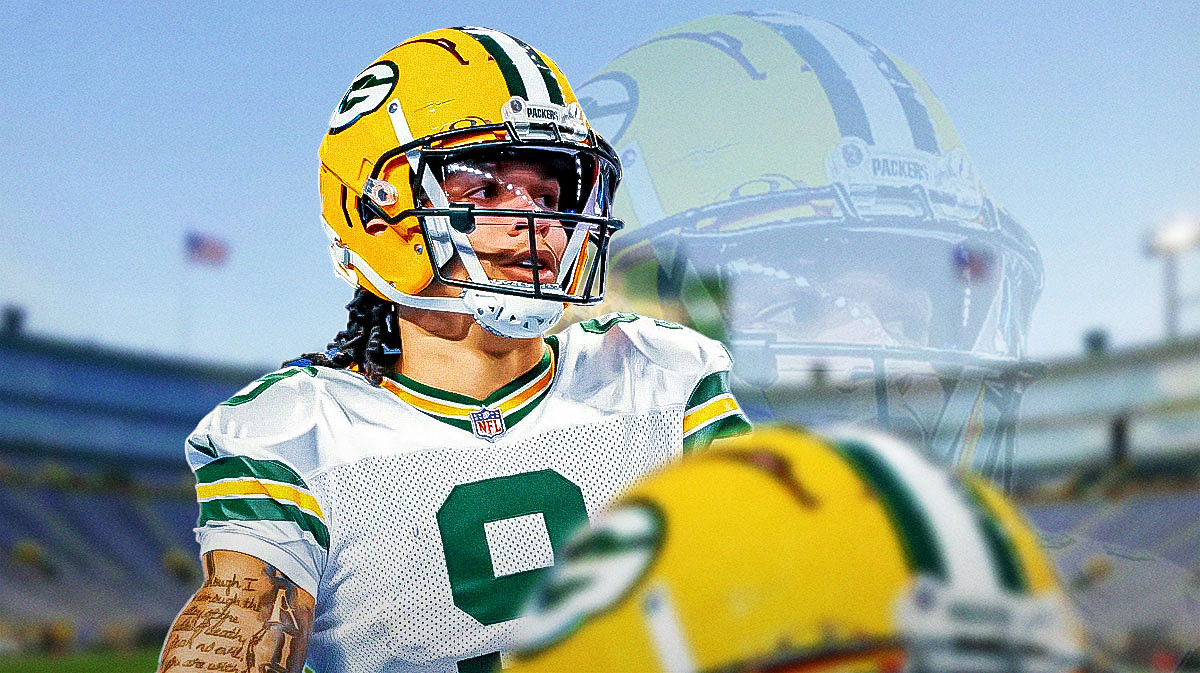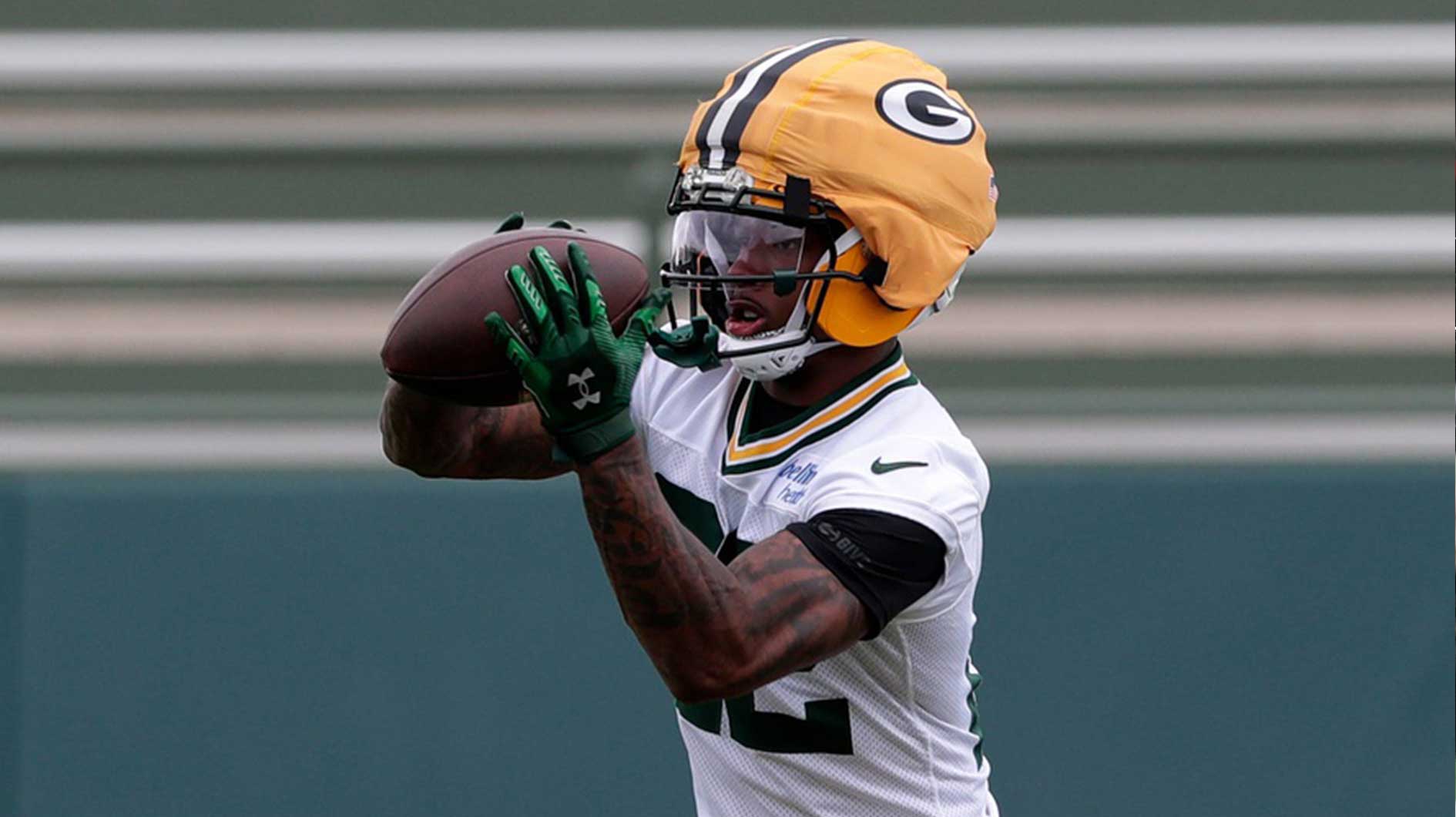Fifteen years ago, to the day, the Green Bay Packers selected University of California quarterback Aaron Rodgers with the 24th selection, after the former Golden Bear signal caller made a majestic fall through the draft. Even though Rodgers was projected to go first overall and was vying with Utah QB Alex Smith for the right to go to San Francisco at No. 1, Rodgers fell 23 spots. And it is very fair to say he fell into a great spot with Green Bay.
Flashing forward to the first round of the 2020 NFL Draft, and the Packers decided to draft with a look towards the future, even with their incumbent star at quarterback. Jordan Love out of Utah State, mostly projected to be the fourth passer off the board this year, was taken by Green Bay after they moved up from 30th to 26th at the end of the first round.
Similarities can easily be drawn between the two players in how they were selected at the end of the first round, how they were selected with established, future Hall of Fame quarterbacks still producing above-average play, and how they were each passed over by a number teams in the first round.
And besides a few on-field characteristics, including throwing on the run and pocket presence, the buck stops there with comparing the two situations.
How Rodgers differs from Love
When the Packers drafted Rodgers, they were coming off a disappointing 4-12 season that had been littered with disappointing performances from incumbent starter Brett Favre, who had been throwing around the ‘R’ word enough to scare the team into wondering where their next quarterback would be coming from. And with interceptions and injuries filling the box score on a much more frequent basis, Green Bay was growing closer to a franchise predicament that needed to be addressed sooner rather than later.
The thought of Rodgers falling that far in the draft was unheard of and not something that many people, outside of NFL Network analyst Mike Mayock, figured would happen. But when he fell, the onus was passed onto GB to end the slide and add a sense of clarity to their future picture.
But the status of the Packers at that time was much different than where Rodgers has brought them to now, as the team was struggling to continue to embody the Packer way.
Currently, this situation differs mainly due to one factor — that Rodgers has publicly said that he is not close to retirement and that he plans on playing at least three more seasons. With no specific end in sight for Rodgers in terms of riding off into the sunset, the addition of Love offers a bit of a different outlook for this team moving forward.
Contractually speaking, the Packers are on the hook for Rodgers for what looks like three more seasons due to the amount of accrued dead money that would arise if he were to be moved, via a trade or by cutting him.
If cut in 2020, Rodgers would cost $51.148 in dead money against the Packers' cap, which is a large amount. If cut in 2021, that amount decreases by $20 million to $31.556 million; if cut in 2022, the Packers would be on the hook for $17.204 in dead cap, and if cut in 2023, only $2.852 million would be counted as dead money.
These numbers are the same if Rodgers was to be cut or traded, meaning that regardless of what Green Bay would do, they would still have to fork over a ton of cash if they wanted to move on from now through 2022. There has been absolutely no mention of wanting to do that, and there should be no reason for the team to move on. Rodgers is still a top-five option in the game at this time, and as long as his injuries don’t flare up again, then that should continue.
How Love differs from Rodgers
Not once through this entire draft process was Love ever thought of being a first-overall selection for any team, as the likes of Joe Burrow, Tua Tagovailoa and Justin Herbert were all leaps and bounds ahead of the Utah State product. Sitting down towards the end of the end of the first round in many mock drafts, Love’s actual draft position was seemingly right where he was projected to go, quite a vast difference to what happened with Rodgers.
The pomp and circumstances surrounding Love entering the NFL is heavy on the situation that he was drafted into, and not about the skills that he brings to the table. This puts him behind the eight ball before he even steps foot onto an NFL football field.
And that is very unfair to the guy, especially with the journey that he has been on so far just to get here. His skills, however, do make this situation a bit of a tougher pill to swallow for Packers fans everywhere, especially if he does not pan out.
His throwing inconsistencies, his inability to shake corners and safeties reading his eyes down the field and his trouble with throwing the ball to the opposing team way too often are all very concerning aspects for Love as he makes his transition into the league. Quarterback aficionado and current Packers head coach Matt LaFleur has been reported to have been a huge fan of Love's and wanted him in green and gold badly. And with how the board fell, Love was the guy that was left at the top of the team’s board.
Regardless, Love is absolutely not what Rodgers was when Rodgers entered the league, and Rodgers' situation is not comparable to Love’s is coming into the league. Through varying collegiate circumstances and skill sets, both players have entered the league with different time lines that will determine their NFL careers.
For Rodgers, the twilight of his career is upon us, and for Green Bay, they need to do their best to surround him with weapons to make sure that they can fully optimize and take advantage of his skills before they deteriorate beyond repair. Failing to add a receiver or a pass catcher in the first round since the early 2000’s, the Packers have truly disregarded one of the more important facets of their roster.
For Love, his role as the team’s backup could immediately be thrust into the spotlight if Rodgers was to get injured like he has before in his career. While that is obviously never hoped for, Love was brought in because his skills are seen as being able to be developed and molded into what this team needs now, but more importantly, what it needs later.
With a look to the future being almost as important as the look to improving their current roster, the Packers drafted Love, solidifying the quarterback room for now and for the future, and not as an immediate replacement for Rodgers.

